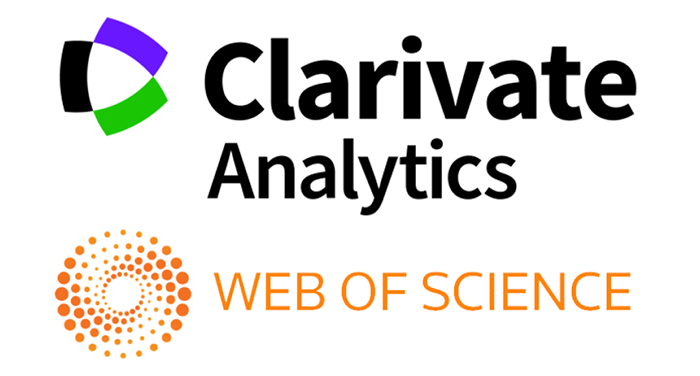TIBBIY MADANIYAT TUSHUNCHASINI JAHON OLIMLARI TOMONIDAN O‘RGANILISHI
"Maqola"
Tibbiy madaniyat tushunchasi jamiyatdagi salomatlik va tibbiyot bilan bog'liq jamoaviy amaliyotlar, e'tiqodlar va me'yorlarni o'z ichiga oladi. Ushbu maqola tibbiy madaniyatni takomillashtirishning ijtimoiy-falsafiy xususiyatlarini o'rganadi, ijtimoiy dinamika, falsafiy asoslar va madaniy evolyutsiya o'rtasidagi o'zaro bog'liqlikni ta'kidlaydi. Tarixiy istiqbollarni, zamonaviy muammolar va kelajakdagi rivojlanish imkoniyatlarini o'rganib chiqib, biz tibbiy madaniyatni insonlar va jamiyatlarga yaxshiroq xizmat qilish uchun qanday yaxshilash mumkinligi haqida keng qamrovli tushuncha berishni maqsad qilganmiz
References
Beauchamp, T. L., & Childress, J. F. (2019). Principles of biomedical ethics. Oxford University Press.
Betancourt, J. R., Green, A. R., & Carrillo, J. E. (2003). Cultural competence in health care: Emerging frameworks and practical
approaches. The Commonwealth Fund.
Buchan, J., Dhillon, I. S., & Campbell, J. (2018). Health employment and economic growth: An evidence base. World Health
Organization.
Engel, G. L. (1977). The need for a new medical model: A challenge for biomedicine. Science, 196(4286), 129-136.
Frosch, D. L., May, S. G., Rendle, K. A., Tietbohl, C., & Elwyn, G. (2010). Authoritarian physicians and patients' fear of being
labeled 'difficult' among key obstacles to shared decision making. Health Affairs, 29(5), 921-928.
Greenhalgh, T. (2014). How to read a paper: The basics of evidence-based medicine. John Wiley & Sons.
Israel, B. A., Schulz, A. J., Parker, E. A., & Becker, A. B. (2005). Review of community-based research: Assessing partnership
approaches to improve public health. Annual Review of Public Health, 19(1), 173-202.
Kluge, H. H. P., Jakab, Z., Bartovic, J., D'Anna, V., & Severoni, S. (2020). Refugee and migrant health in the COVID-19
response. The Lancet, 395(10232), 1237-1239.
Marmot, M., Friel, S., Bell, R., Houweling, T. A., Taylor, S., & Commission on Social Determinants of Health. (2008). Closing
the gap in a generation: health equity through action on the social determinants of health. The Lancet, 372(9650), 1661-1669.
Patel, V., Saxena, S., Lund, C., Thornicroft, G., Baingana, F., Bolton, P., ... & Deb, K. (2018). The Lancet Commission on global
mental health and sustainable development. The Lancet, 392(10157), 1553-1598.
Shapiro, J., Coulehan, J., Wear, D., & Montello, M. (2006). Medical humanities and their discontents: definitions, critiques, and
implications. Academic Medicine, 81(10), 978-988.
Topol, E. J. (2019). High-performance medicine: the convergence of human and artificial intelligence. Nature Medicine, 25(1), 44-
Unschuld, P. U. (2016). What is medicine? Western and Eastern approaches to health care. University of California Press.
Veatch, R. M. (2016). Hippocratic, religious, and secular medical ethics: the points of conflict. Journal of Religion and Health,
(3), 1029-1041.
BARATOVA, K. (2024). BOSHLANG ‘ICH SINFDA O ‘QITUVCHINING SHAKLLANISHI VA METODIKASI. News of the NUUz, 1(1.8. 1), 80-82.
BOZOROV, V. (2024). TA’LIMNI TRANSFORMATSIYALASH SHAROITIDA MAKTAB O ‘QITUVCHILARINING PEDAGOGIK MALAKASINI OSHIRISHNING ZAMONAVIY METODLARI. News of the NUUz, 1(1.8. 1), 83-85.
BOYMATOV, B. (2024). UMUMTA’LIM MAKTABLARIDA TABIIY FANLARNI O ‘QITISH TEXNOLOGIYALARI. News of the NUUz, 1(1.8. 1), 86-88.
Copyright (c) 2024 O‘zMU xabarlari

This work is licensed under a Creative Commons Attribution-NonCommercial-ShareAlike 4.0 International License.


.jpg)

.png)







